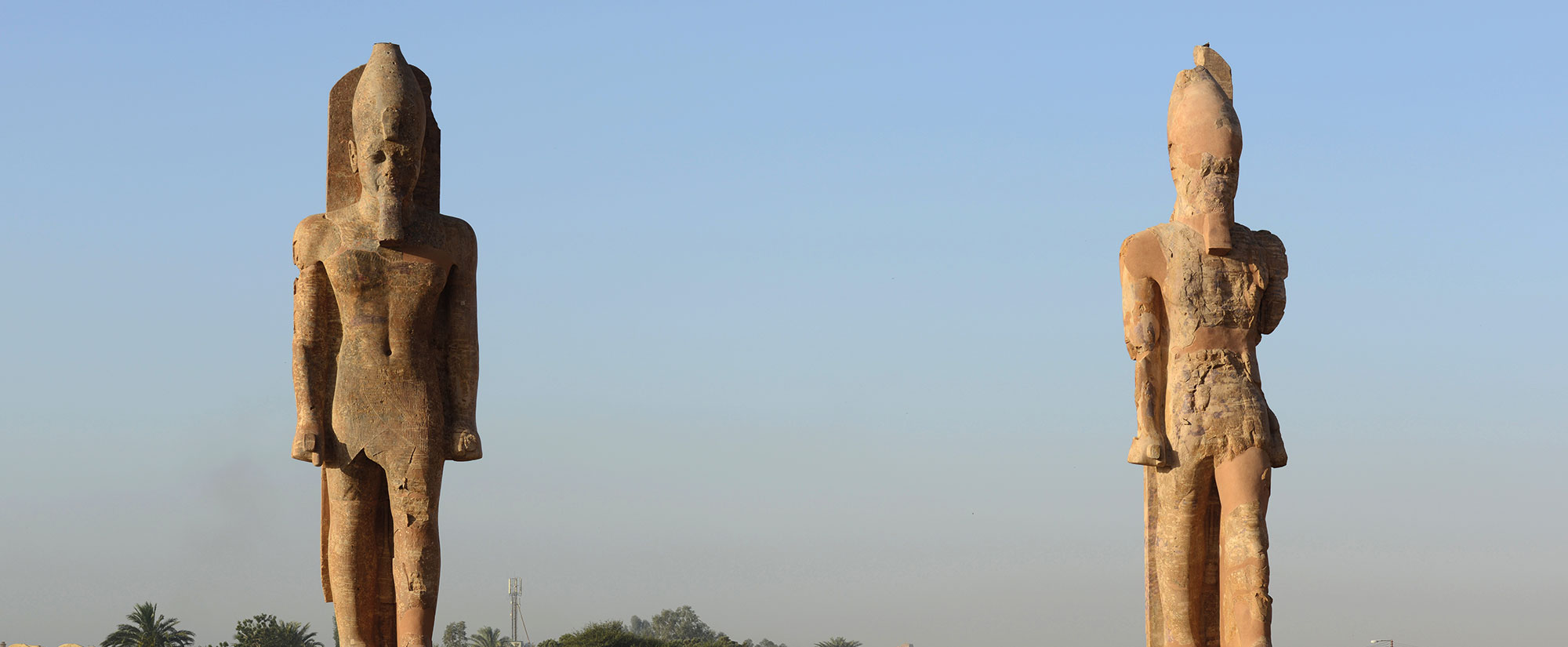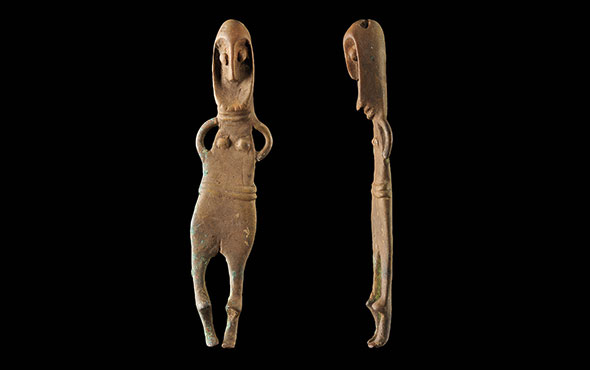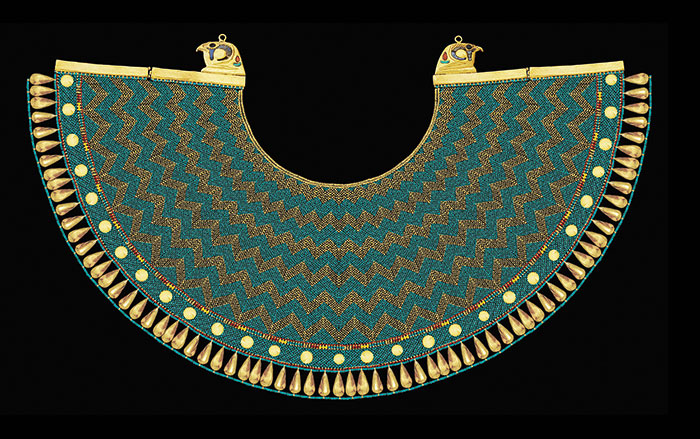
ANTANANARIVO, MADAGASCAR—According to a statement by the Max Planck Institute, excavations at three coastal ponds in southwest Madagascar show that large species, such as pygmy hippos, giant tortoises, and nine-feet-tall elephant birds, may have gone extinct 1,000 years ago because of a number of factors. Past studies have demonstrated that Madagascar’s megafauna were hunted and butchered 2,000 years ago, when humans first settled the island, leading to speculation that overhunting may have eventually driven the species to extinction. But the team’s findings show that the disappearance of megafauna around 1,000 years ago coincided with a dramatic increase in the amount of charcoal in the archaeological record, as well as the number of bones belonging to domestic species such as cattle and dogs. “Our results suggest that occupation and alteration of space, through the burning of forests for introduced grazing species, drove the extinction of large animals on the island, rather than the mere presence of hunters,” says Max Planck archaeologist Sean Hixon. Read the original scholarly article about this research in Scientific Reports. To learn about Madagascar’s megalithic tradition, go to “Sacred Stones.”











